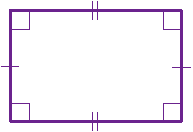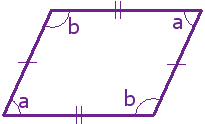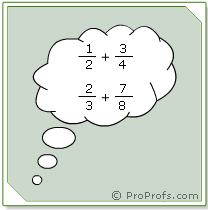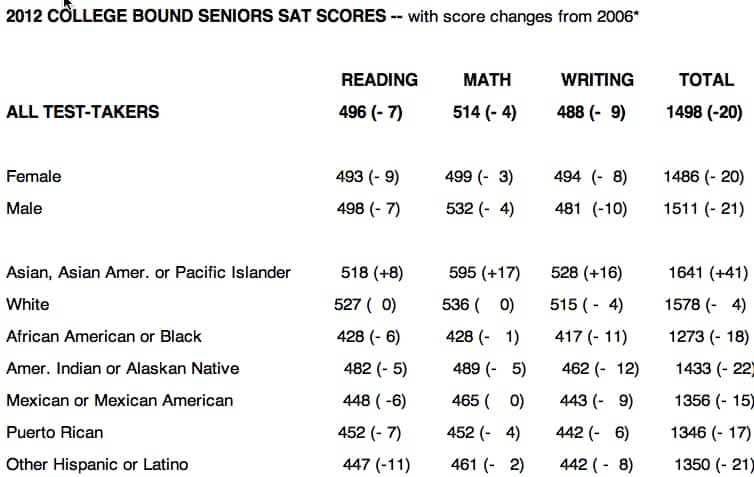This reading on using CRAFT as a
guideline for creating powerful and interesting writing assignments has really
made me start thinking about all of the uses for writing within a mathematics
course. I like the main principles of
the idea. Giving the students a purpose
for their writing beyond that fact that it will be graded definitely makes
sense as a motivator. Also creating some
kind of personal investment for the student in the project will motivate them
to give their best work when otherwise they might be satisfied with just
slapping something together that’s good enough.
Working on writing assignments in a math course was not something that I
was ever exposed to, so before now I had honestly not given it much
thought. Outside of formal proof writing, which
is only encountered at the college level, it is pretty abnormal to be writing
more than a few words or a line of justification for any given mathematics
problem. I now have some ideas on how to
use CRAFT in math courses as ways to facilitate interdisciplinary learning, provide
alternative summative assessments, and differentiate content.
The
opportunities for interdisciplinary assignments using the CRAFT writing formula
are virtually limitless. I especially
enjoyed reading about Sarah Gale’s writing assignment on parallelograms
described on pages 99 and 101 in our reading.
Knowing which shapes fall under an umbrella term such as a parallelogram
is a part of every geometry class, and it is something that is tested by the
SAT’s and other standardized tests. I
had the fortunate experience to be a long term substitute for a geometry class
last year and one thing I noticed was that the students did not view any of the
shape names as umbrella terms.
Students get into the habit of thinking the shape on the left is a rectangle, the shape on the right is a parallelogram and that is that. But looking a little closer we can see how a rectangle has all the same characteristics as a parallelogram.
The students nor the teacher are to blame, as this compartmentalization
of knowledge is something we are all guilty of at times. A writing assignment such as Sarah Gale’s
breaks down all those barriers and forces the students to look at the shapes in
a greater context, a practice that is strongly aligned with the concepts of
UbD. In this assignment, students are
practicing their writing skills, their persuasive argument skills, and their
proof writing skills. Interestingly, the
students might not even notice they are practicing proof writing. This assignment gives students who usually do
not enjoy mathematics courses or struggle with all the numbers to complete an
assignment more enjoyable to them and give them a good opportunity to show what
they have learned in a comfortable environment.
This reminds me of the speech Dr. Chris Emdin gave at Promising
Practices last year. He gave us an
example of a student who could make up a rap about everything they learned in a
science class, but if you gave him a multiple choice test on the same content
he would fail. This really stresses the
importance of using different assessment styles so every student has the same
opportunity to demonstrate what they know.
All of this
started me thinking about how CRAFT is a good tool to use in a unit created by
practicing UbD. Staying with the
parallelogram example, if the goal of a unit on quadrilaterals is for students
to be able to identify the characteristics of the different shapes, then why
give them the standard math test when something like Sarah Gale’s writing
assignment could also assess their knowledge?
Students can memorize and then forget how to solve a question like the
following:
The length of
AC=5x+6. The length of AE=10. Solve for x.
But having a student write a convincing argument about why
the diagonals of a rectangle bisect one another is something they are less
likely to quickly forget. Practice with
the type of problem above is still absolutely necessary, but two pages of solving
for x does not have to be the “be all end all” for assessing knowledge in math
courses. It also makes sense that if
students are able to craft that writing argument they will be more likely to
correctly apply what they learn to perform calculations.
The
strategies in this reading also appear to be a great way to differentiate
content in a way that helps students who struggle in mathematics meet the same
standards as the rest of the class. The
first time a student ever sees a two column proof is when they start studying
geometry, and this is usually the hardest part of the course for any
student. It certainly was the hardest
part for myself and my friends in high school, and I have seen current high
school students dread the thought of having to prove something as I have been
subbing. Having to try to figure out the
application of new material, while working in an unfamiliar format is a recipe
for disaster for some students. For
these students, why not set up all their proofs in the format of a CRAFT
writing assignment? I could have them
explain why a theorem in geometry is true to someone who is unfamiliar with
geometry. After all this is the point of
a proof. Once students have an
explanation and understand why it works, they can be eased in to writing it up
in the two column proof format.
Finally I will
definitely want to use the style of rubric shown in the reading as well. When a student is worried about if they are
doing an assignment the way the teacher wants it they are much less likely to
produce a quality product. With all of
the examples given, I could see exactly what was wanted and what was expected,
so as the student I could focus all of my energy on researching the information
necessary and creating a compelling piece of writing. I did not expect to get as many good ideas as
I did from a reading on writing assignments as someone who will be teaching
math, but I am really glad I did. I can
see how CRAFT assignments have a place in every classroom and how they can be
an excellent tool for engaging students who might otherwise want to distance
themselves from the content being learned.










